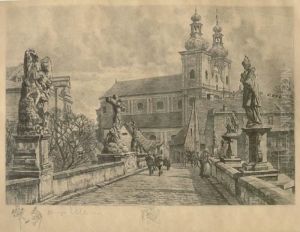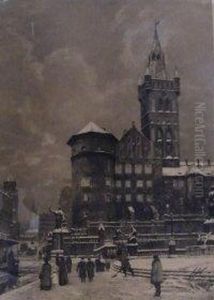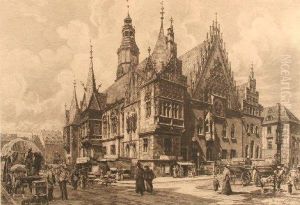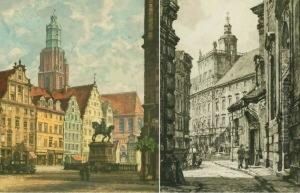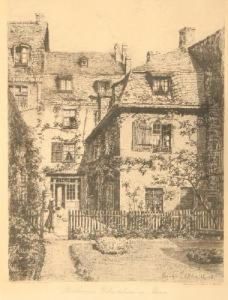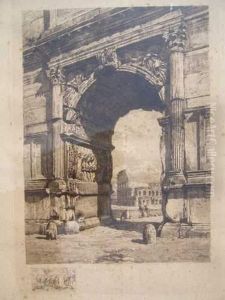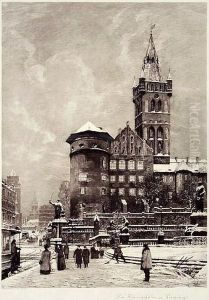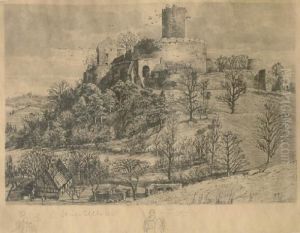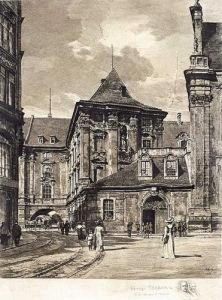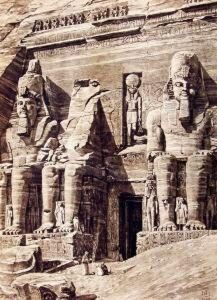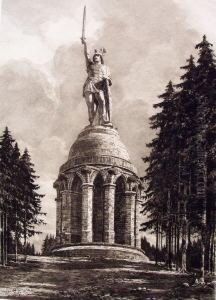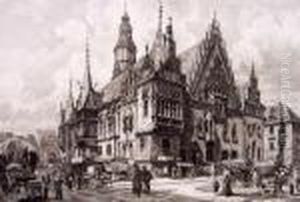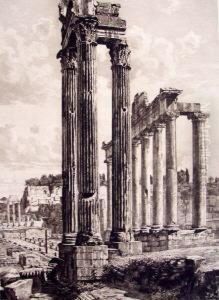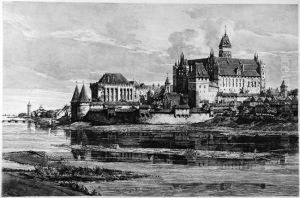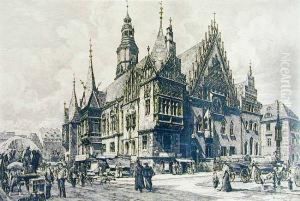Hugo Ulbrich Paintings
Hugo Ulbrich was a German artist, born in 1878, whose work spanned across several mediums including painting, drawing, and printmaking. He lived during a time of significant artistic development in Europe, witnessing the rise of Modernism and various avant-garde movements, although he is not widely recognized as a leading figure in these movements. Ulbrich's artistic journey reflects the broader historical and cultural shifts of late 19th and early 20th century Germany.
Ulbrich's early life and education in the arts laid the foundation for his diverse artistic career. He was trained in traditional art techniques, but like many artists of his time, he began to experiment with new styles and forms of expression. This experimentation was partly influenced by the changing political and social landscape of Germany and Europe at large, which was marked by the aftermath of the First World War, the rise of the Weimar Republic, and later, the turmoil leading up to the Second World War.
Throughout his career, Hugo Ulbrich's work exhibited a keen interest in exploring different artistic styles. However, detailed information about his specific contributions and the evolution of his style is relatively scarce. This may be due to the overshadowing fame of his contemporaries, who were at the forefront of the avant-garde movements such as Expressionism, Dadaism, and Surrealism. Despite this, Ulbrich managed to carve out a niche for himself, particularly noted for his landscapes and portraits which conveyed a sense of tranquility and introspection, contrasting with the tumultuous era he lived in.
The later years of Ulbrich's life and career were undoubtedly affected by the political and social upheavals in Germany. The rise of the Nazi regime and the onset of the Second World War imposed restrictions on artistic expression and led to the persecution of many artists deemed degenerate by the regime. Although Ulbrich's work does not appear to have been directly targeted in the infamous Degenerate Art Exhibition of 1937, the overall climate would have impacted his ability to work and exhibit freely.
Hugo Ulbrich's death in 1947 marked the end of a career that, while not as celebrated as some of his peers, contributed to the rich tapestry of German art in the 20th century. His works, though less known, offer valuable insights into the period's artistic explorations and the personal resilience of artists in the face of societal and political challenges. Ulbrich's legacy, like that of many artists of his time, serves as a reminder of the complex interplay between art, history, and politics.

